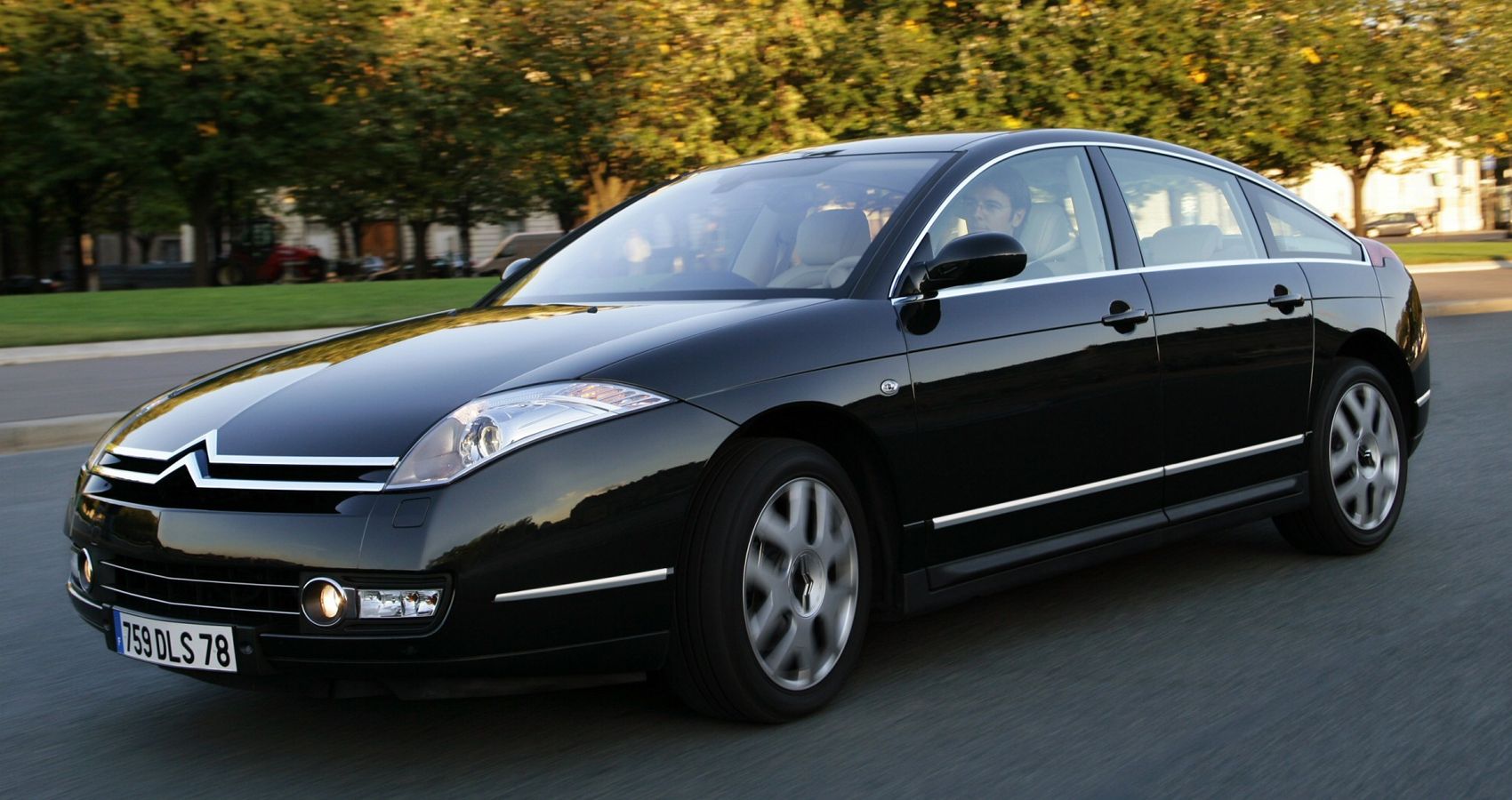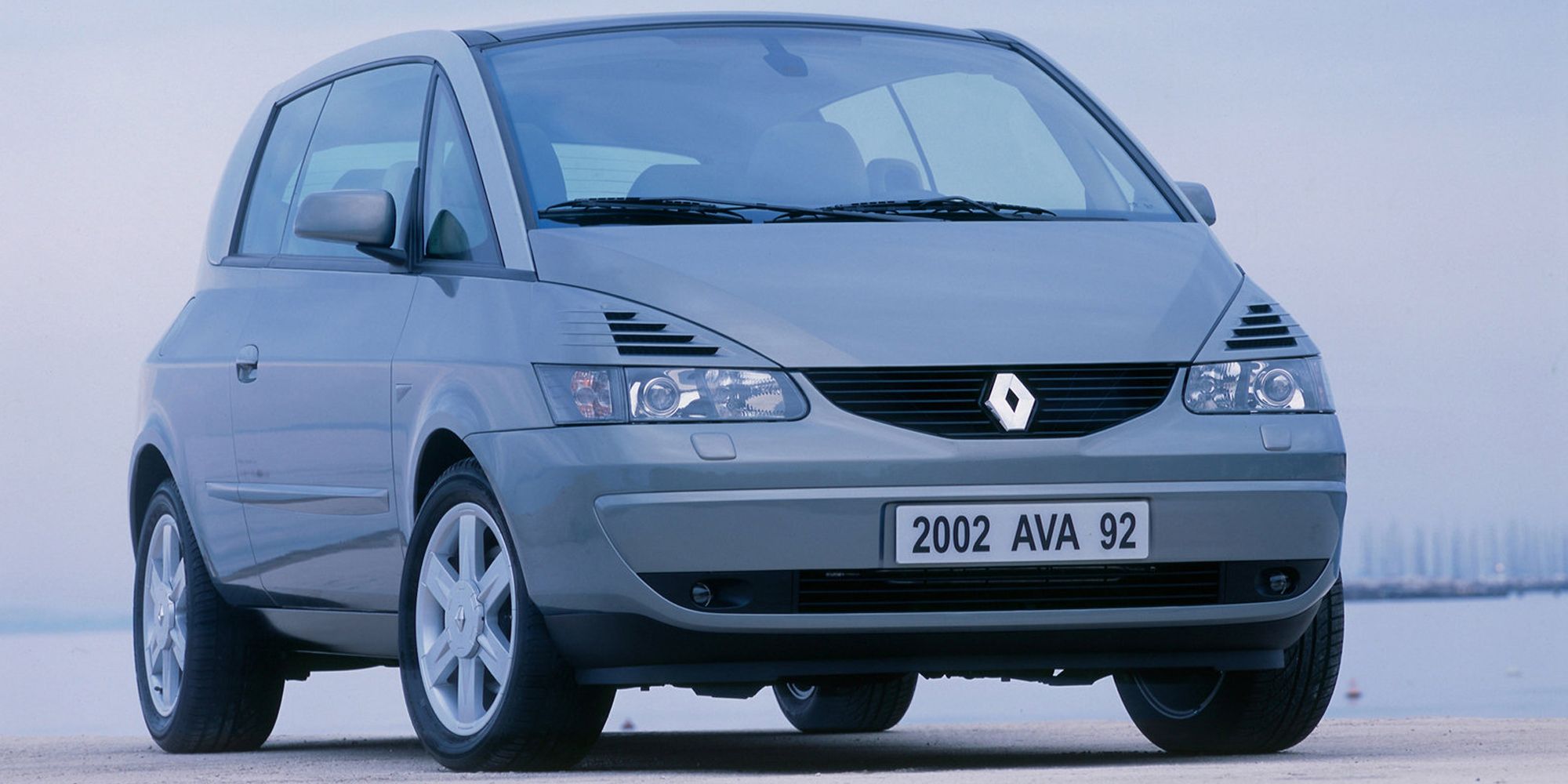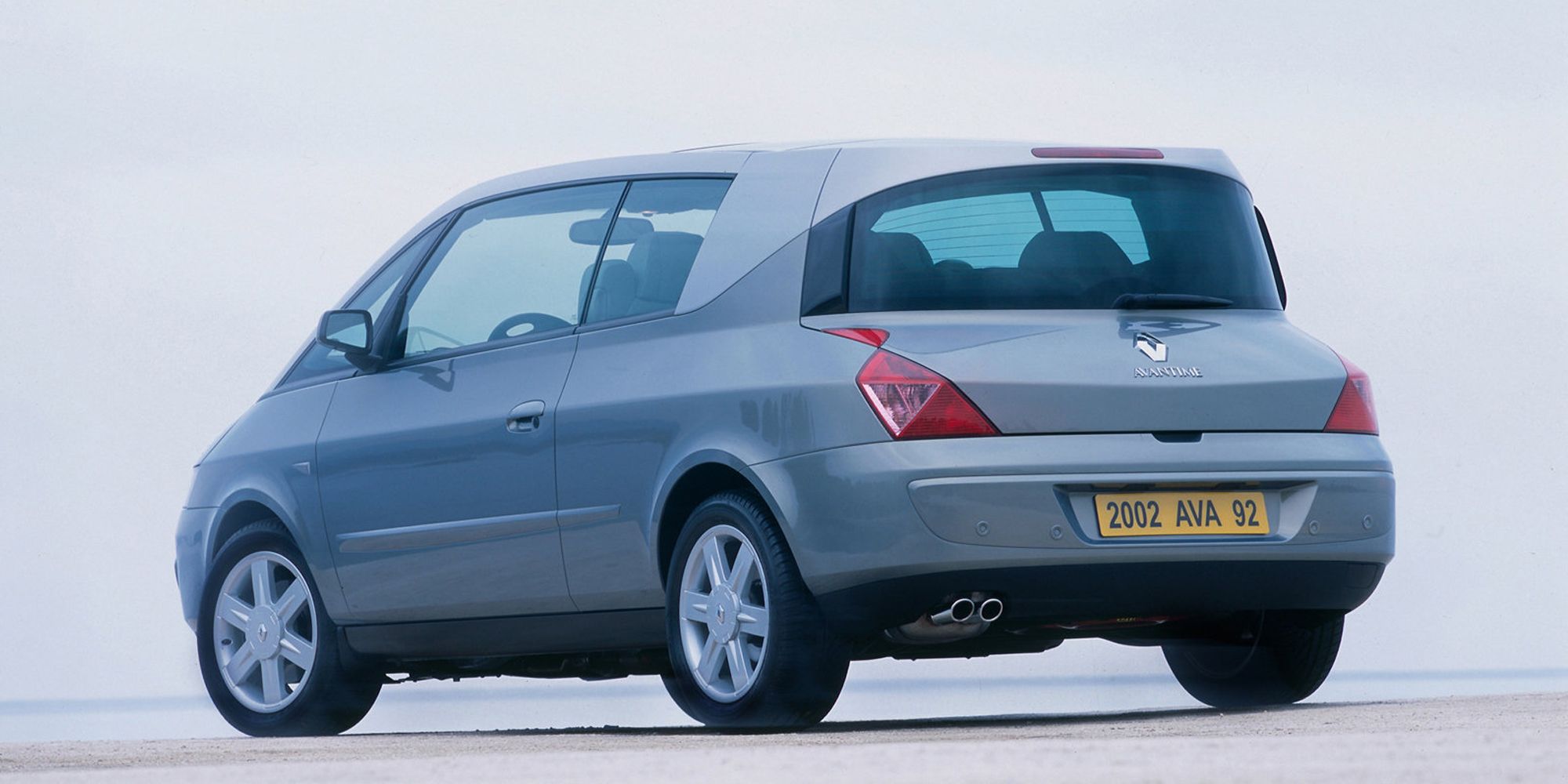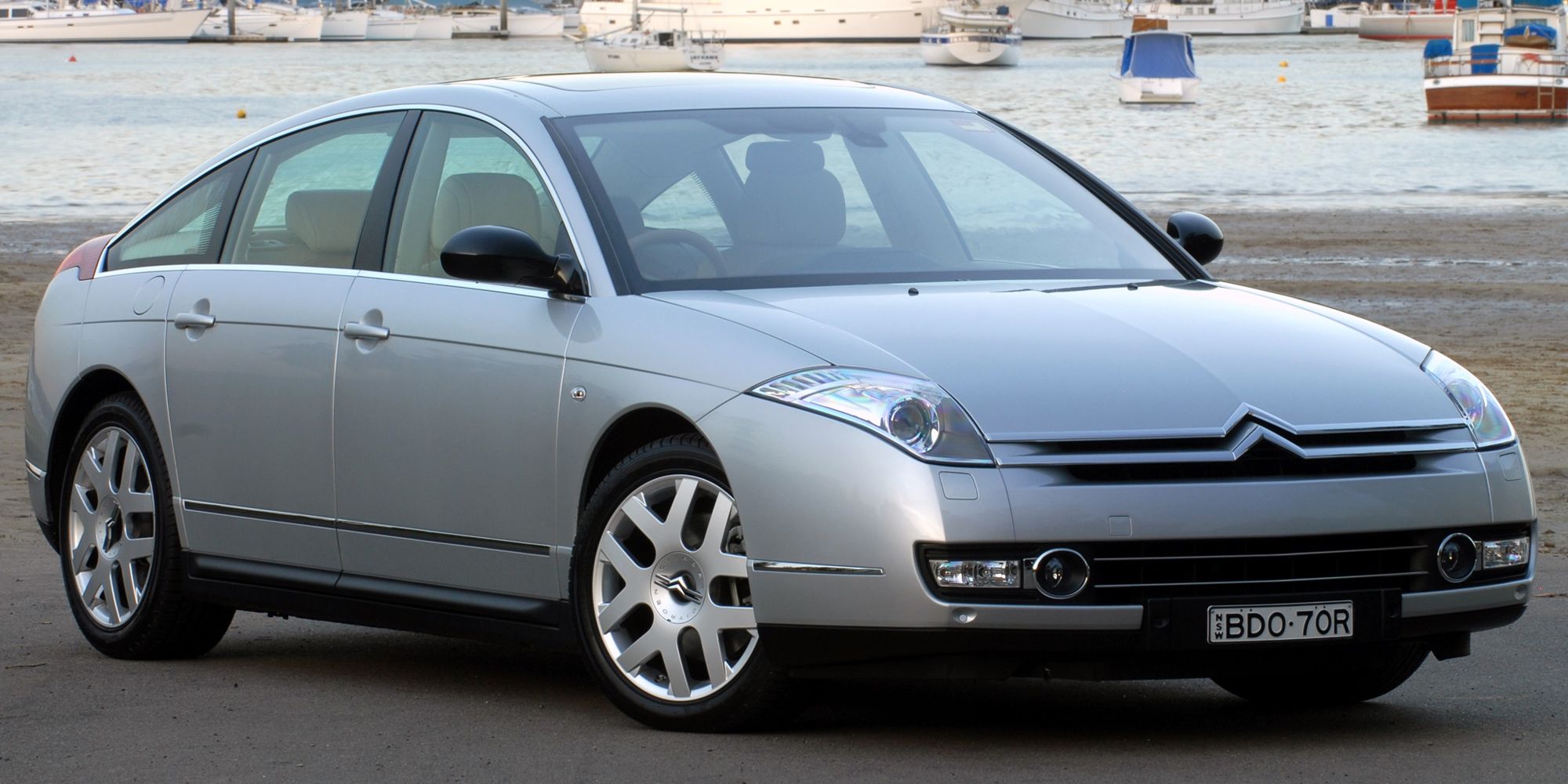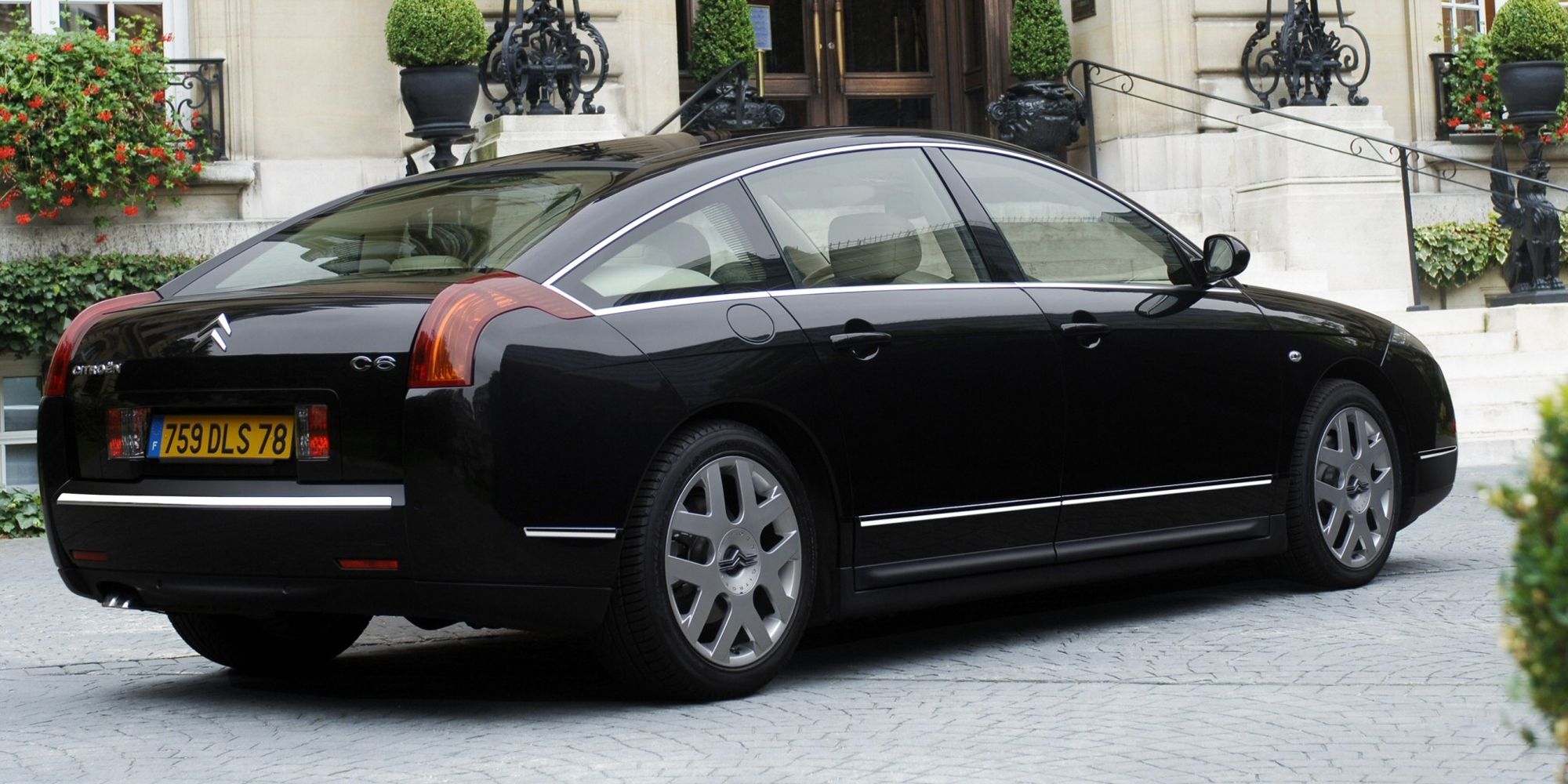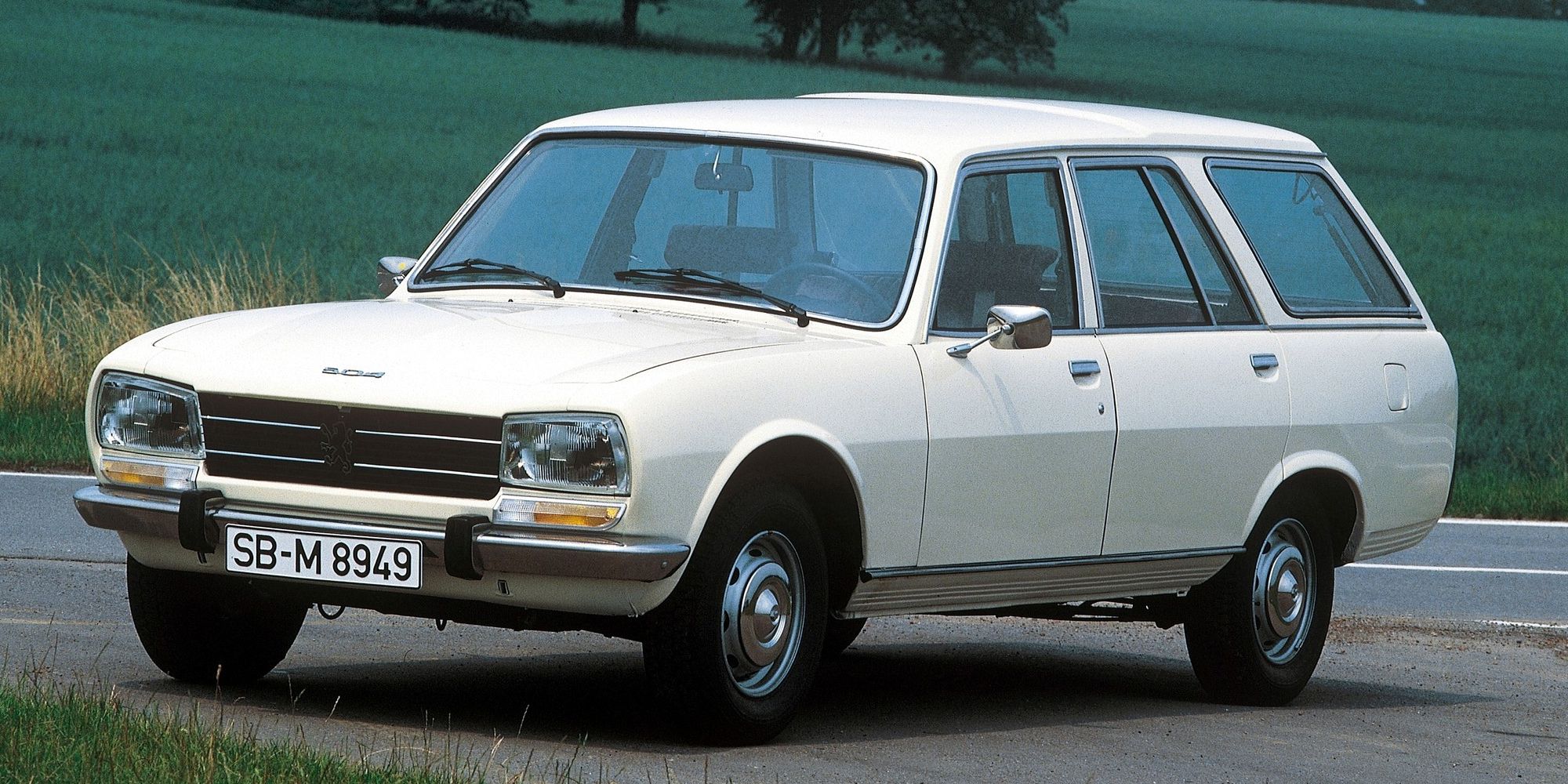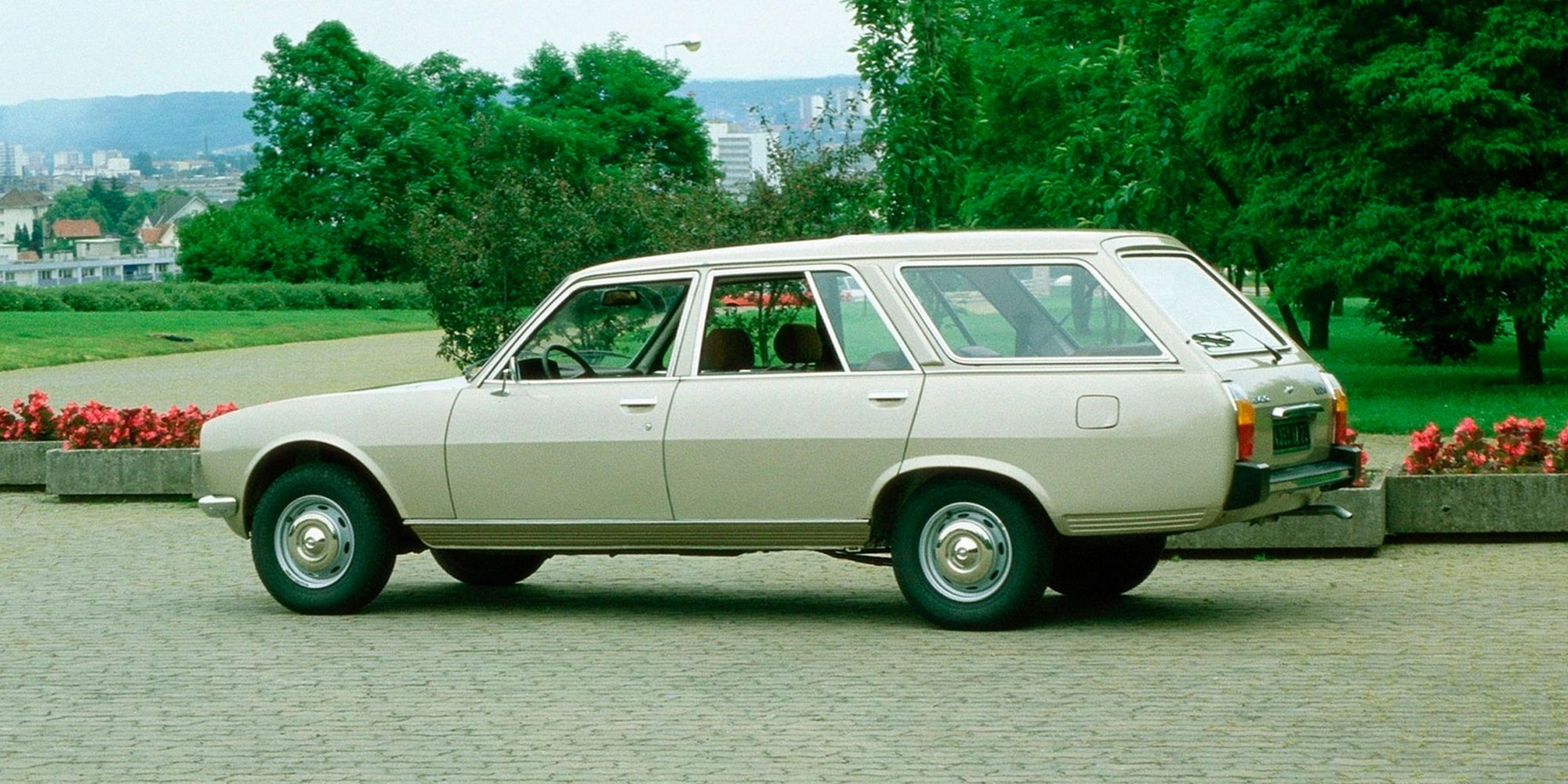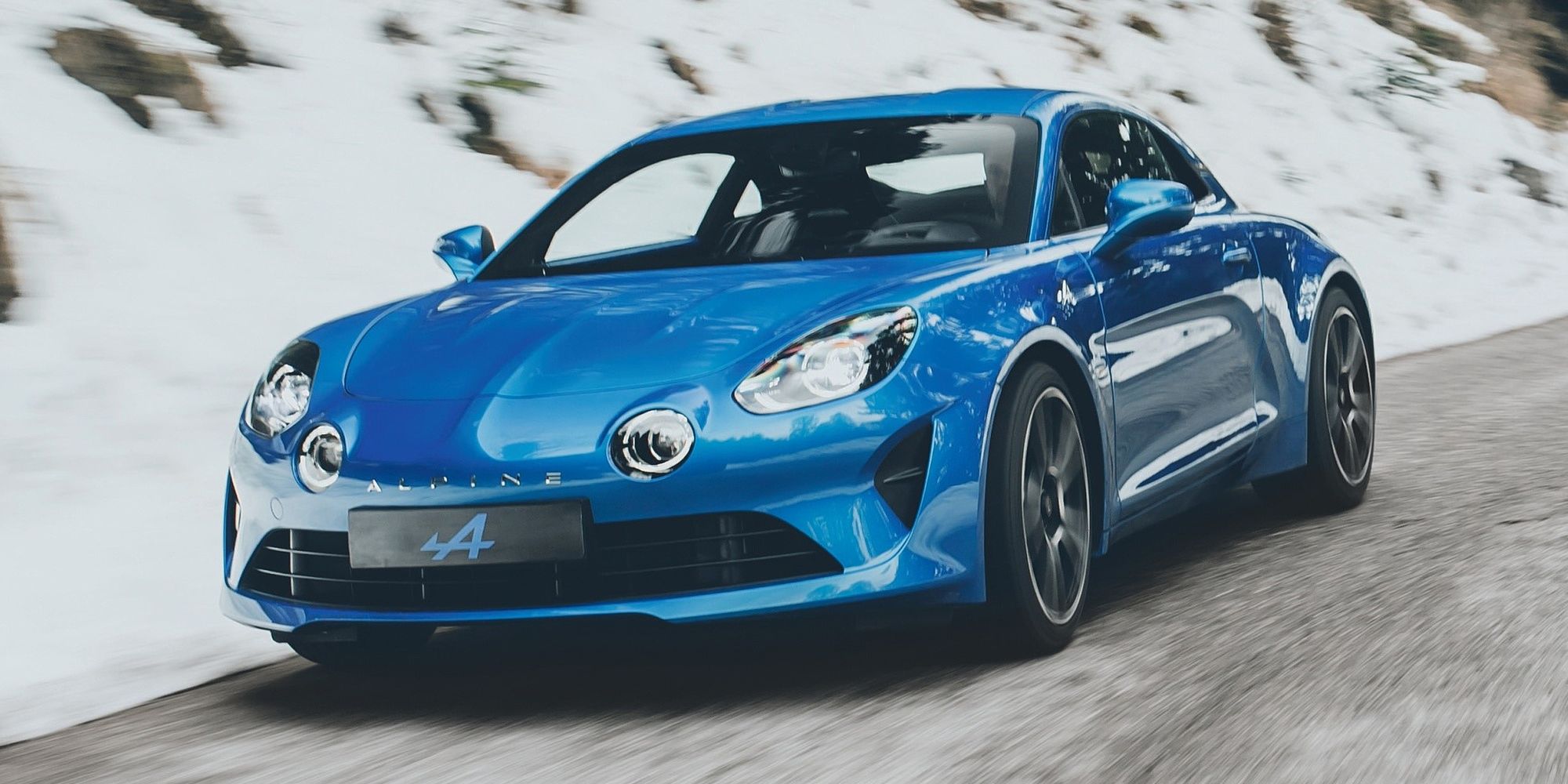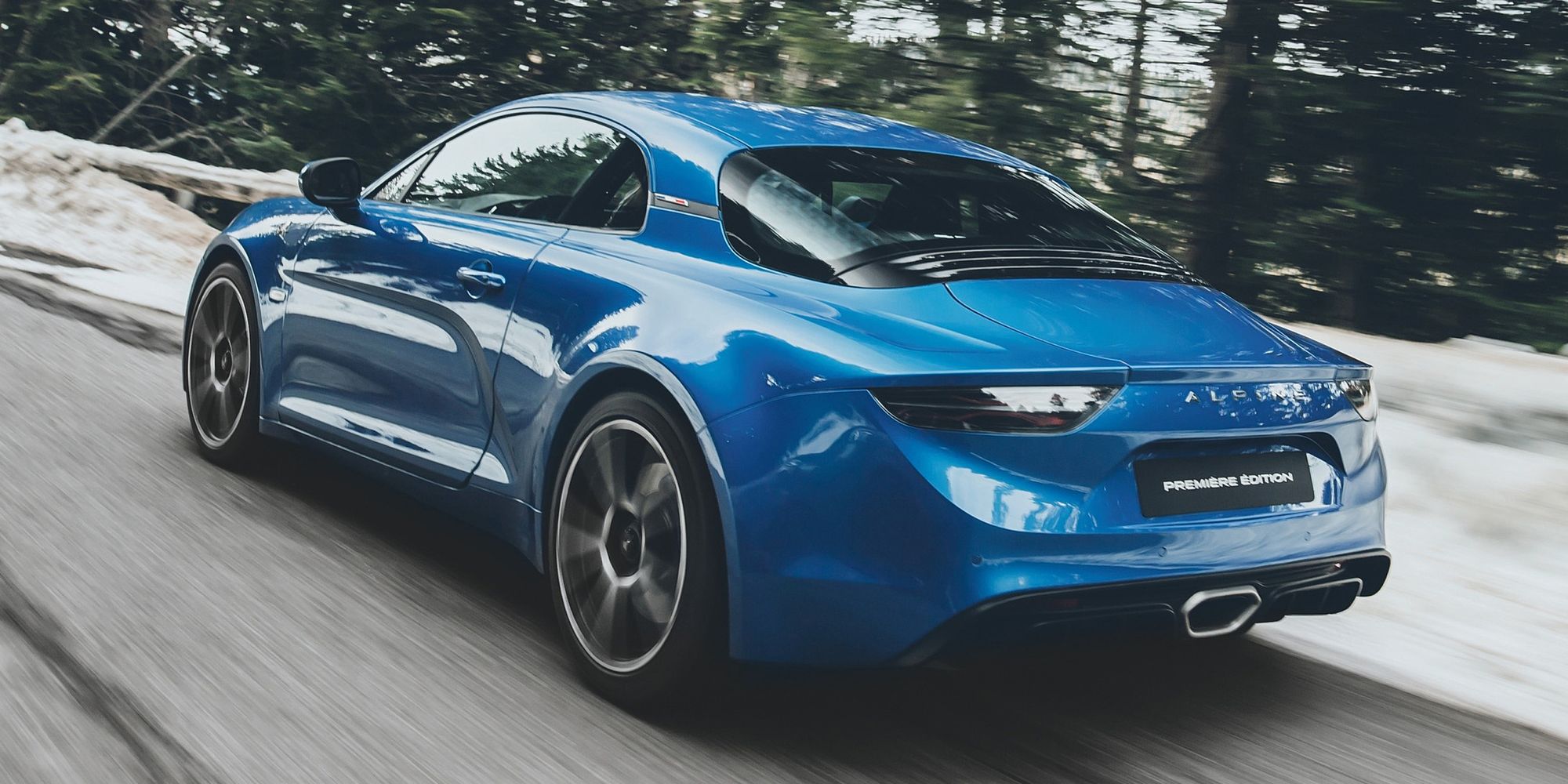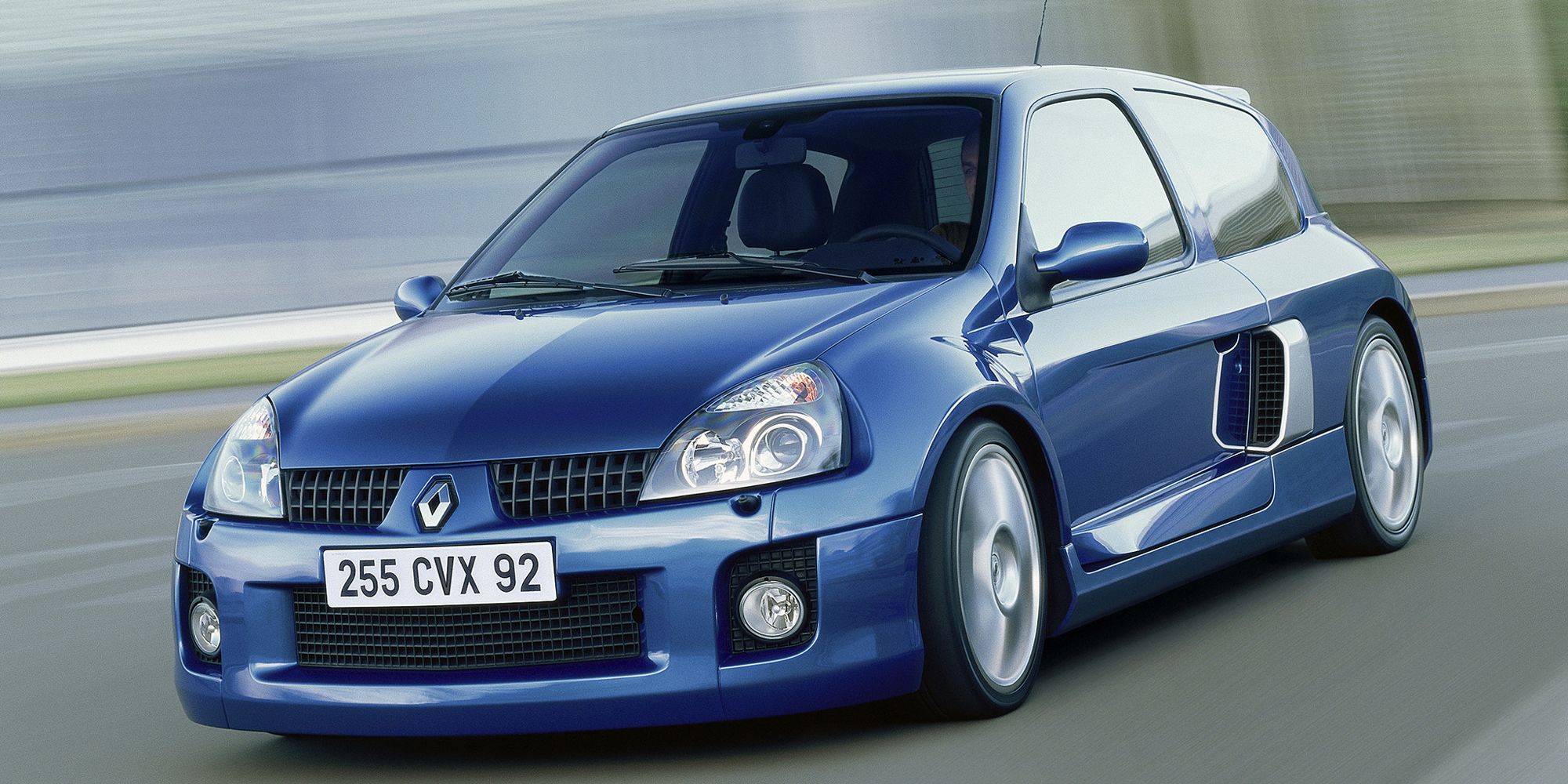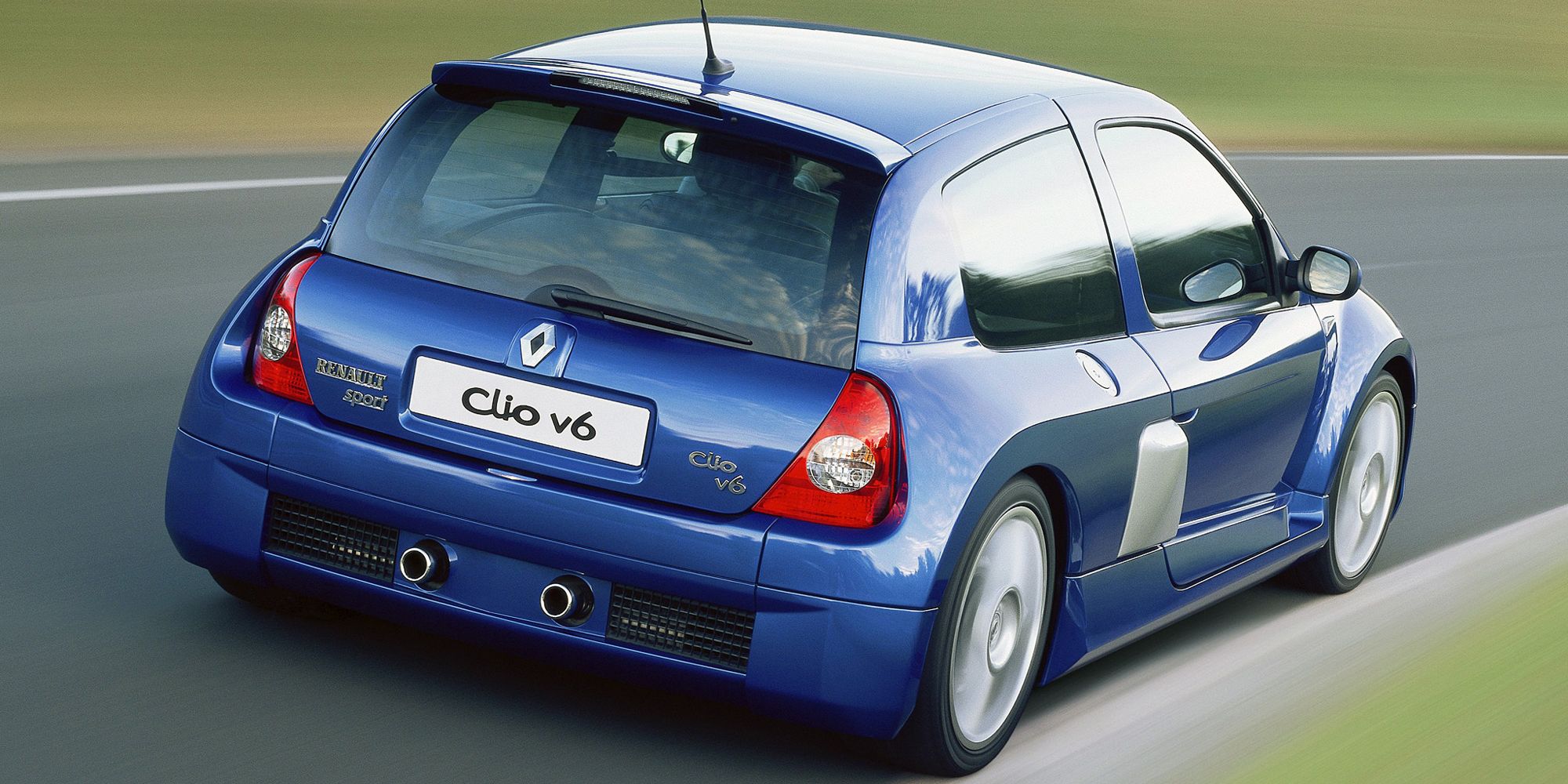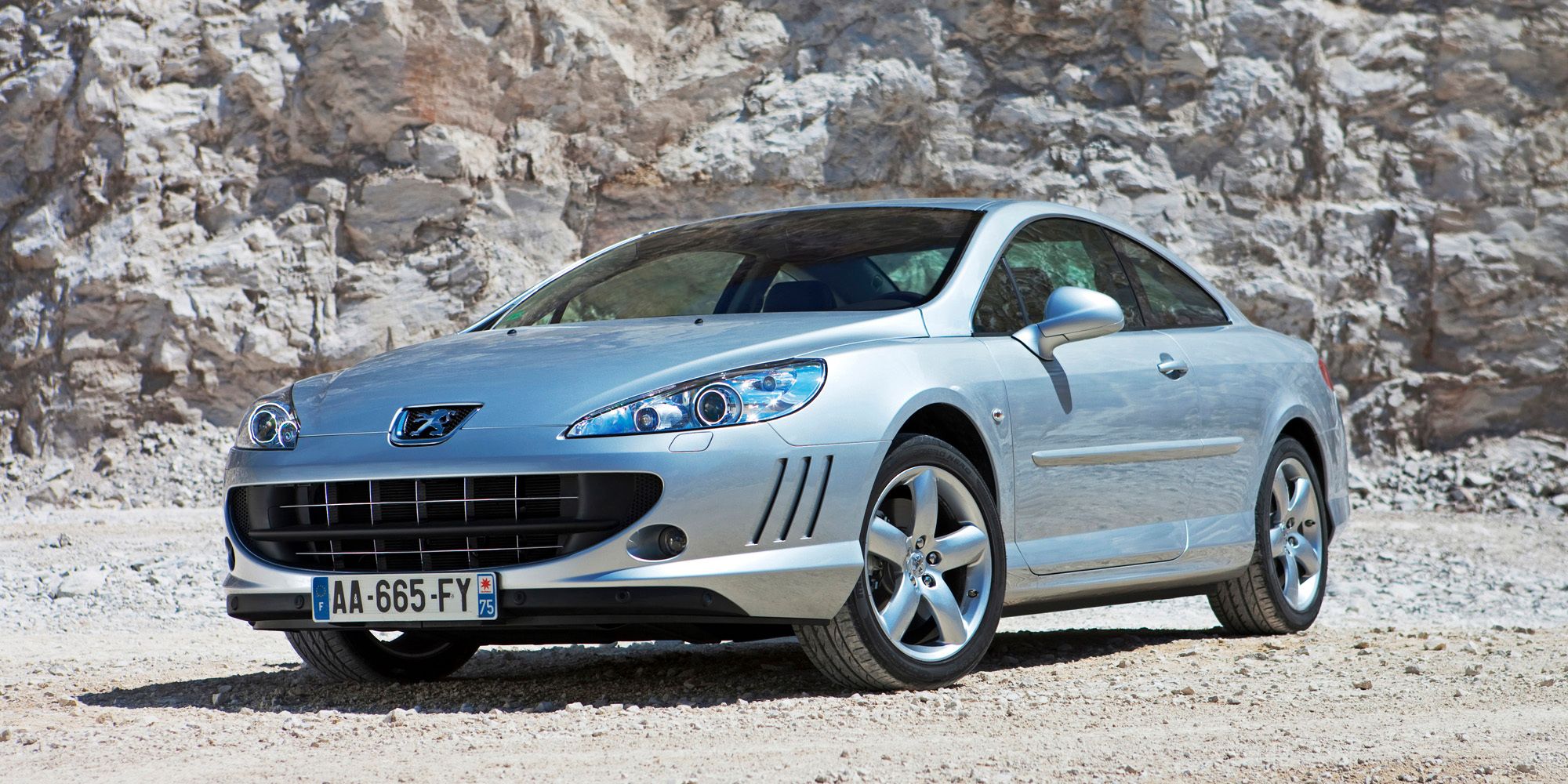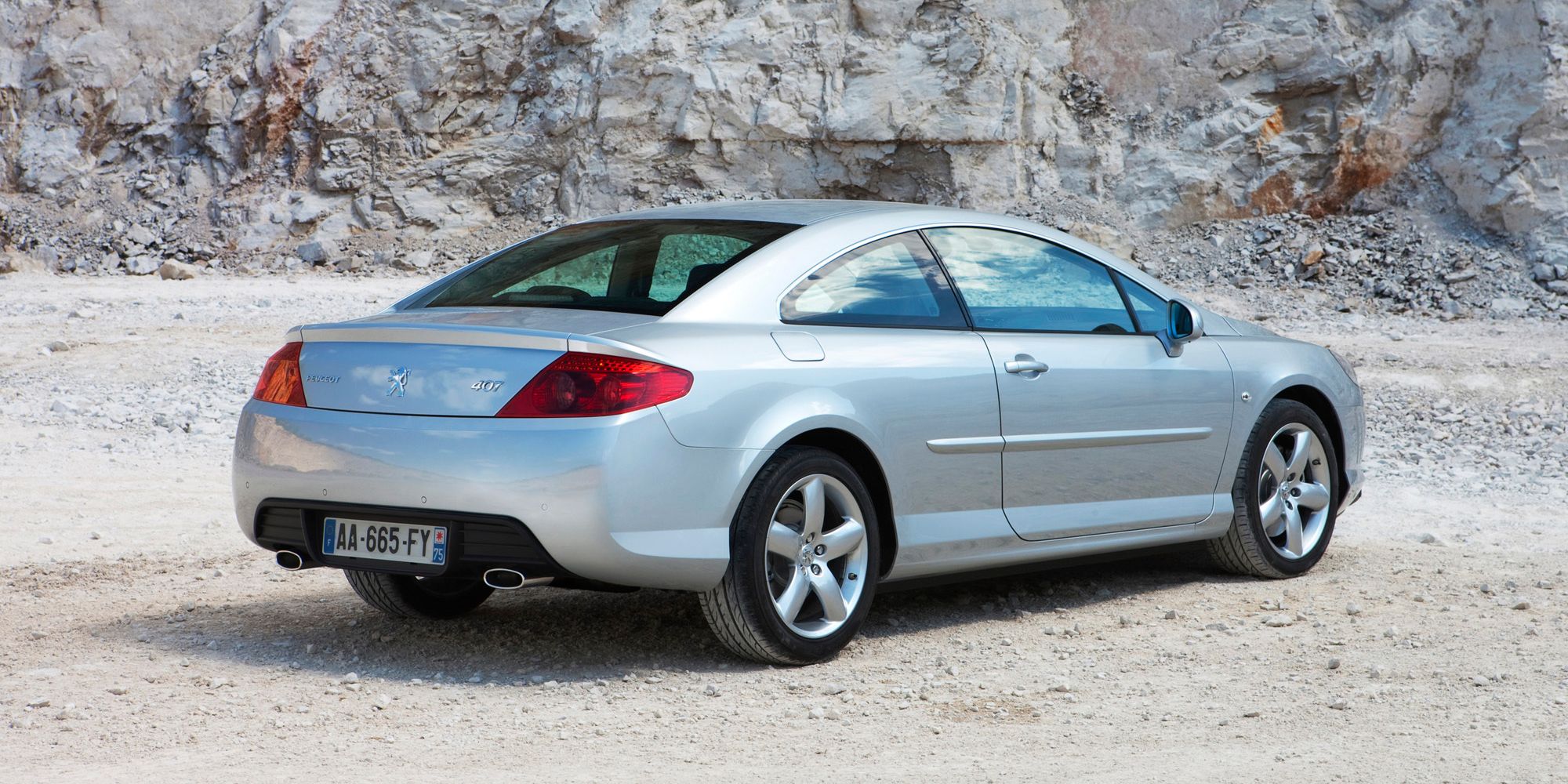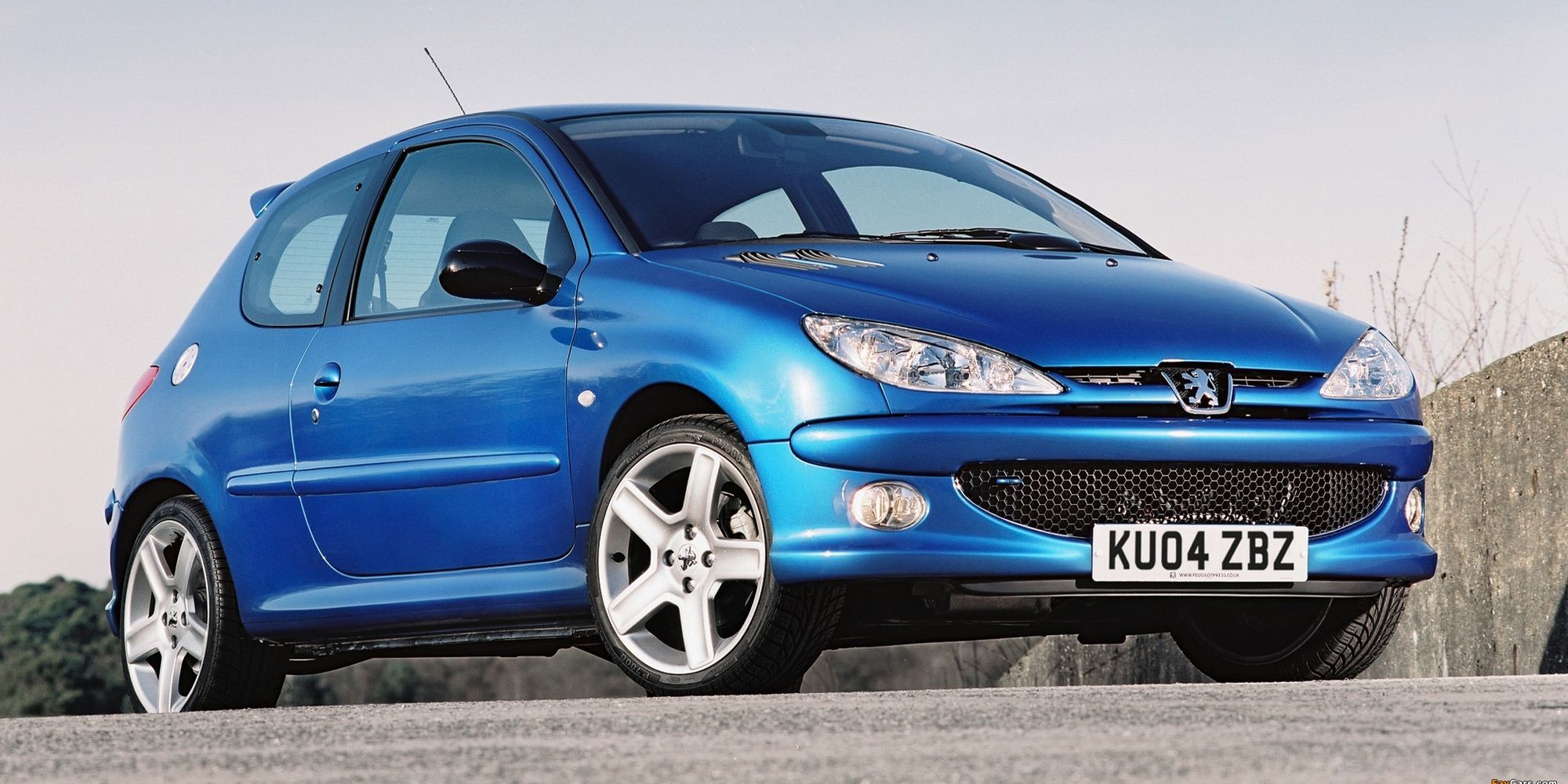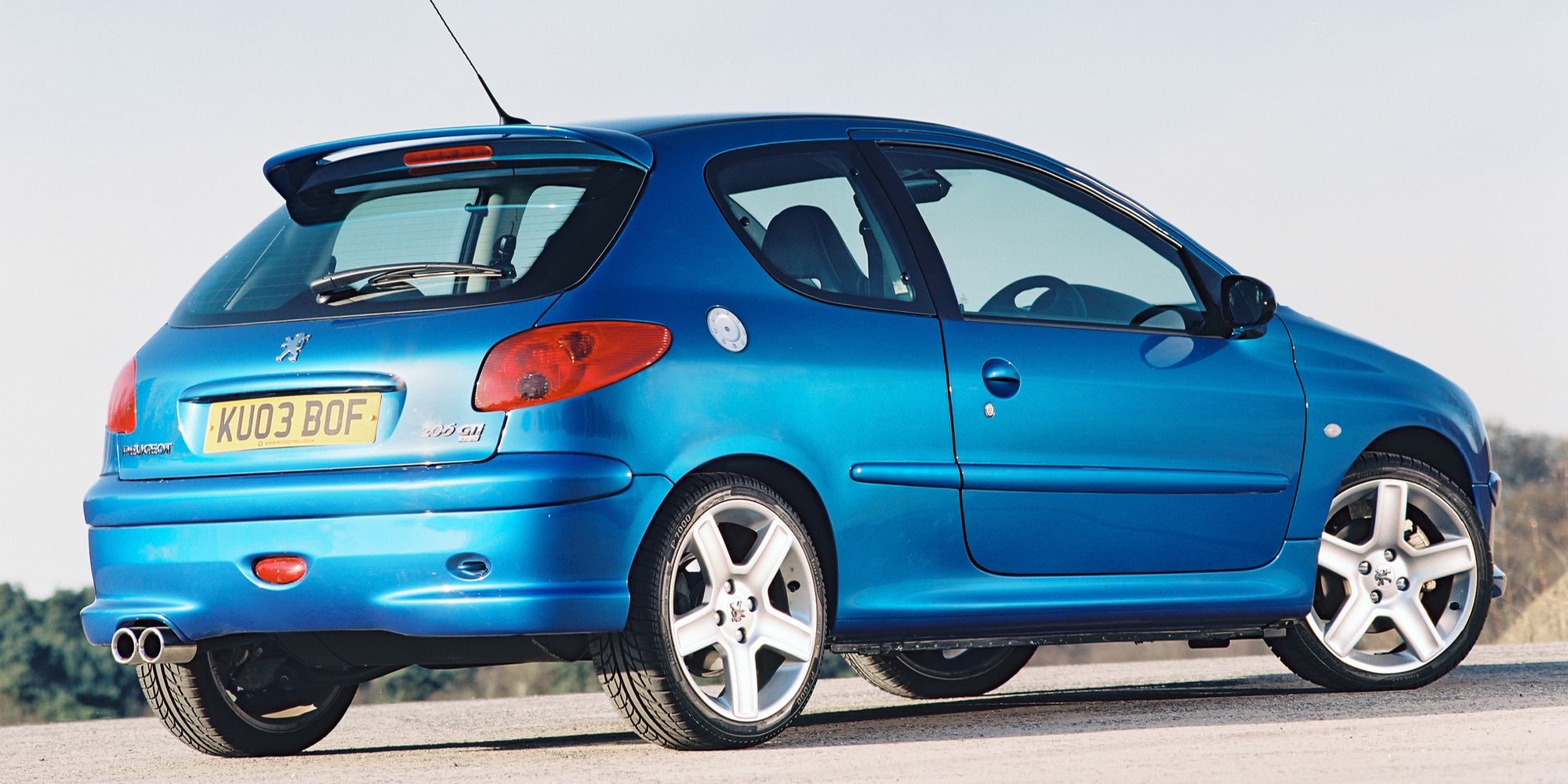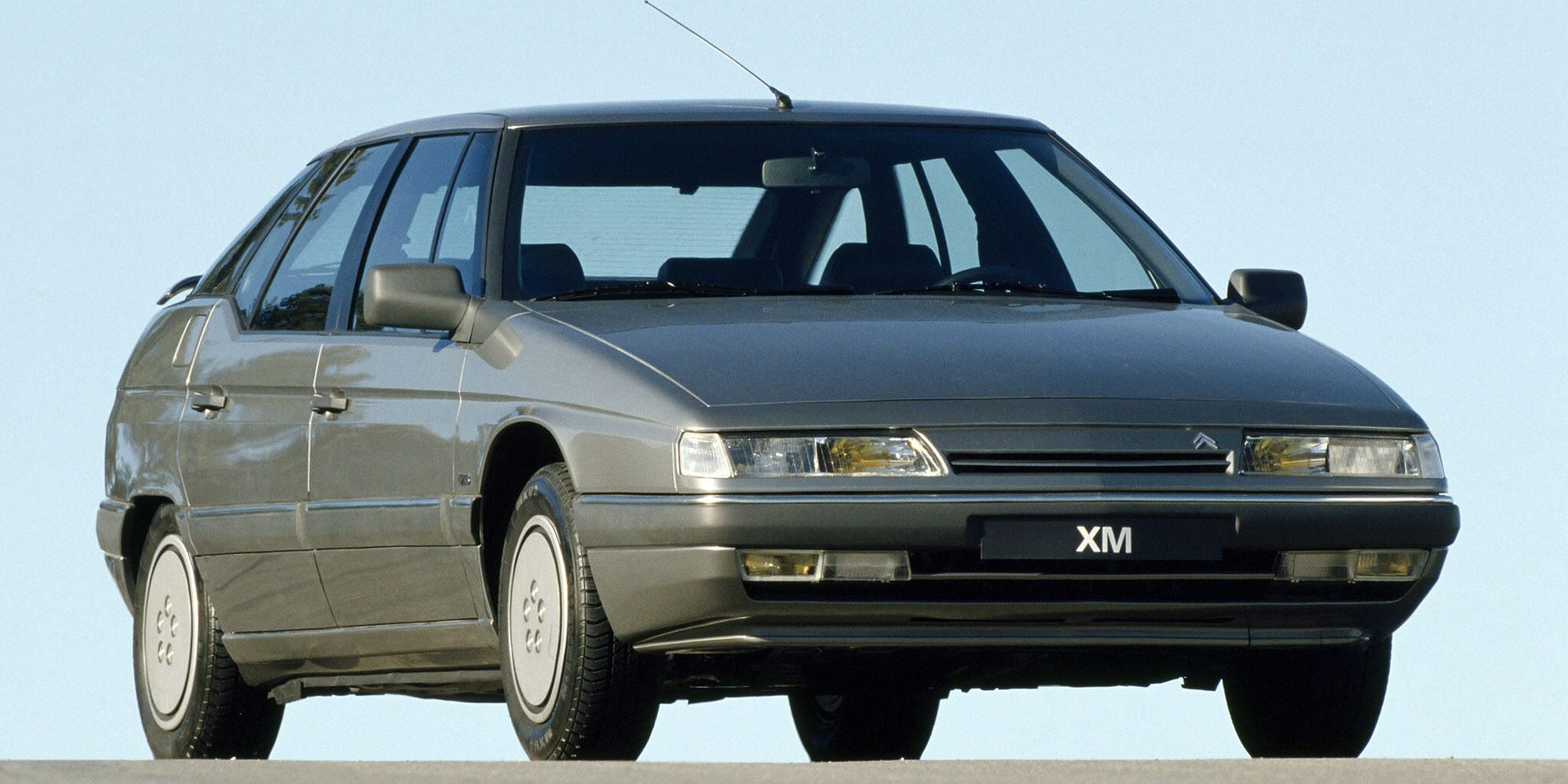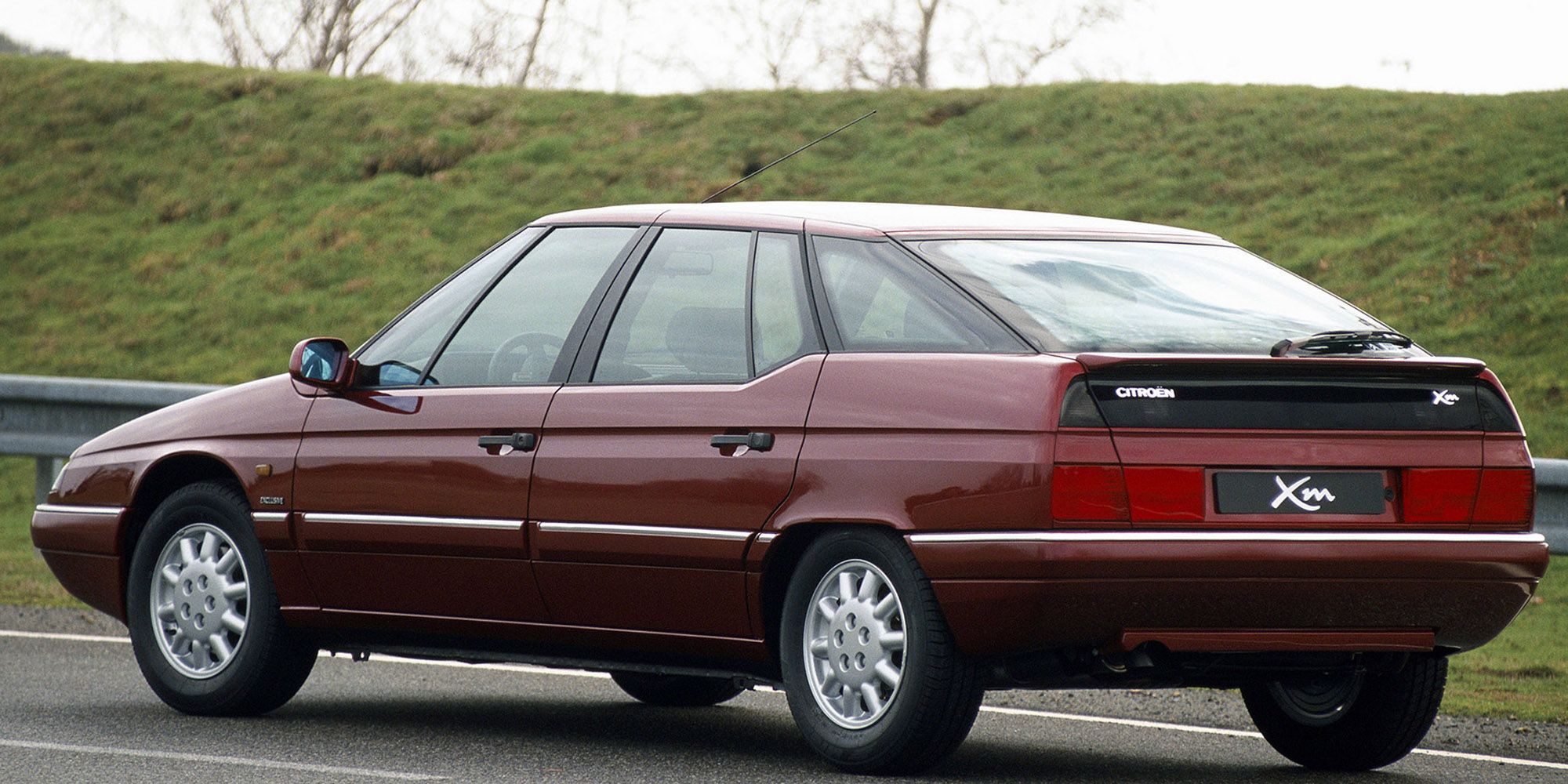Certain countries around the world are well-known for making a certain type of car. American cars are big and thirsty, German cars are well-engineered (mostly) and very no-nonsense, and Japanese cars are straight-to-the-point and extremely reliable. For the most part, cars to come out of France are well-known for challenging the norms of automotive design. Despite their flaws, French cars have always been unique and stood out from the crowd in more ways than one, including for being beautiful.
French cars never really did all that well in the United States, even though basically every French automaker tried their luck selling their cars on the continent. While a lot of cars from the country, like the Peugeot 205 GTI and the Citroën DS are well-known among enthusiasts, there are still tons of cool underrated French cars that are just begging to be taken for a spin.
10 Renault Avantime
Yes, this was a production car. No, it didn't sell very well. The Avantime started out as a concept car back in the late 90s, envisioned as a minivan for a new, younger generation of buyers. No one actually expected Renault to put it into production, but that's exactly what they ended up doing.
The Avantime was brought out in 2001, and was killed off just two years later in 2003, with just over 8,500 units sold worldwide. Even though it was based on the Espace, it had only three doors, and a massive glass area. It was even available with a gasoline V6 engine, though disappointingly, it wasn't Nissan's VQ. To this day, the quirky Avantime remains a cult car.
9 Citroën C6
Few people would dare to argue with the fact that Citroën set the automotive world on fire in 1955 with the original DS. Since then, they made a few more attempts at a quirky luxury sedan, including the CX in the 1980s and the XM in the 1990s. In 2004, Citroën filled the luxury sedan hole in their lineup with the C6.
Based on the same platform as the far more mundane Peugeot 607, the C6 was a spectacular looking car. It was also very luxurious, with all the technology and features you'd expect from such a car. Powertrains included a 3.0-liter gasoline V6, and the most commonly seen 2.7-liter twin-turbo V6 HDI diesel. It also used Citroën's excellent Hydractive suspension, giving the C6 unparalleled ride quality.
8 Peugeot 504
During the 2000s, Peugeot garnered something of a bad rep for making highly unreliable cars. Back in the 1970s, however, things couldn't be more different. One of the most famous models to ever be made by the French automaker is the 504.
As well as being practical and great to drive, the 504 was well-known for its incredible durability and reliability. It was also available as a sedan, a pickup truck (ute) and even as a rather swanky coupe. The 504 was a particular hit in Africa, where it was being made long after Peugeot had stopped production; all the way into 2006, as a matter of fact.
7 Venturi 400GT
Did you know that this company also made a concept car called the Fetish? Yes, really. Venturi was a French sports carmaker that tried their best to enter the supercar arms race in the 1990s. Perhaps their most notable attempt, aside from the Porsche-rivaling Atlantique, is the 400GT.
While the styling wasn't particularly special, it definitely has that 90s supercar wedge shape, like the Ferrari F355 or the Lotus Esprit. The engine was a 3.0-liter PRV V6, although it could be optioned up with a couple of turbochargers for a total of 403 hp and a 0-60 time of 4.1 seconds. Not bad for 1994.
6 Alpine A110
Time for a more recent effort. A few years ago, Renault revived the iconic sports car brand Alpine with what you might call a tribute car; the Alpine A110 is built upon the same principle as the car from the 60s it shares a name with. Mid-engine layout, four-cylinder engine, tiny dimensions and not much weight.
Even though it's only available with a DCT, the 1.8-liter turbo four develops 249 hp in standard form, and 288 hp in the A110S. Thanks to the lightweight chassis and excellent drivetrain, the A110 is a joy to drive. It's just a shame that not many people are sold on the concept, save for James May. If we do see another A110 from Alpine, it'll probably be all-electric.
5 Renault Clio Sport V6
In truth, the Alpine A110 isn't the first mid-engined sports car to come out of Renault. 20 years ago, they made a very different one... and they based it on the Clio. The Renault Clio Sport V6 (cue the cheering from Need for Speed fans) came out in 2001, and even though it resembled a Clio on the outside, few components were shared with the subcompact of the same name.
The Clio V6 did away with the rear seats, instead replacing them with a 2.9-liter 24-valve V6 with 227 hp, which became 252 in 2003 with the facelifted Phase 2 car. The power was sent to the rear wheels, through a mandatory 6-speed manual transmission. Needless to say, the Clio V6 was a complete hoot to drive. Production numbers were tiny, and these cars are rising in value today.
4 Peugeot 407 Coupe
It's a good thing that Peugeot still believes in the sedan segment, with the excellent 508 still going strong today. In the 2000s, specifically introduced in 2004, Peugeot's sedan/Mondeo competitor lineup spot was taken by the 407. A few years after the initial launch, Peugeot launched the 407 Coupe, and it really was a looker.
It replaced the suave 406 Coupe, and like that car, the 407 Coupe was a gorgeous car. Even though it was FWD, the double-wishbone suspension front and rear made it surprisingly good in the corners. It was available with some great engines, including a gasoline V6 which could be paired to a manual transmission.
3 Peugeot 206 GTI 180
The 206 is a very underrated small car. It was pretty tough, decent to drive, spacious, and it looked pretty cool. Peugeot certainly knows a thing or two about making fun small cars, especially ones wearing the GTI badge. The same goes for the 206 GTI 180 (known as the RC in the rest of Europe).
This was a more grown-up approach to the hot hatchback, unlike the competing Renault Sport Clio 182. Though that's not to say that the GTI 180 was a bad hot hatch, because it was great fun to drive. What's more, if you can find a tidy one in the classifieds, they're selling for bargain prices.
2 Citroën XM
After the cult CX of the 1980s, Citroën's next-in-line executive sedan was the XM of the 1990s. Like the preceding models, the styling wasn't exactly ordinary, and it was very easy to tell that this is a Citroën. Well, that is, if the abnormally low or high ride height didn't leave enough of a hint.
The XM was sold until 2000, with a variety of different engines and even a "Break" station wagon version on offer. Even though sales started to decline by the end of the XM's life, Citroën sold 330,000 units across the 11-year production run. If you're in the market for a quirky luxury sedan from Citroën, the XM is also selling for bargain prices. What's more, most models are legal to be imported into the US.
1 Renault Safrane Biturbo
It's 1994. The E34 BMW M5 is all the rage, and the performance sedan market is slowly starting to take off, with Mercedes-AMG models just around the corner. Renault turned up to the party with a beefed up version of their executive sedan, the Safrane.
The Safrane Biturbo used a 3.0-liter twin-turbo V6 pinched from the Alpine A610, with 258 hp. It was solely coupled to a manual transmission and AWD, with engine fettling done by German brands Irmscher and Hartge. Unfortunately, only 806 Safrane Biturbo models were ever sold.

